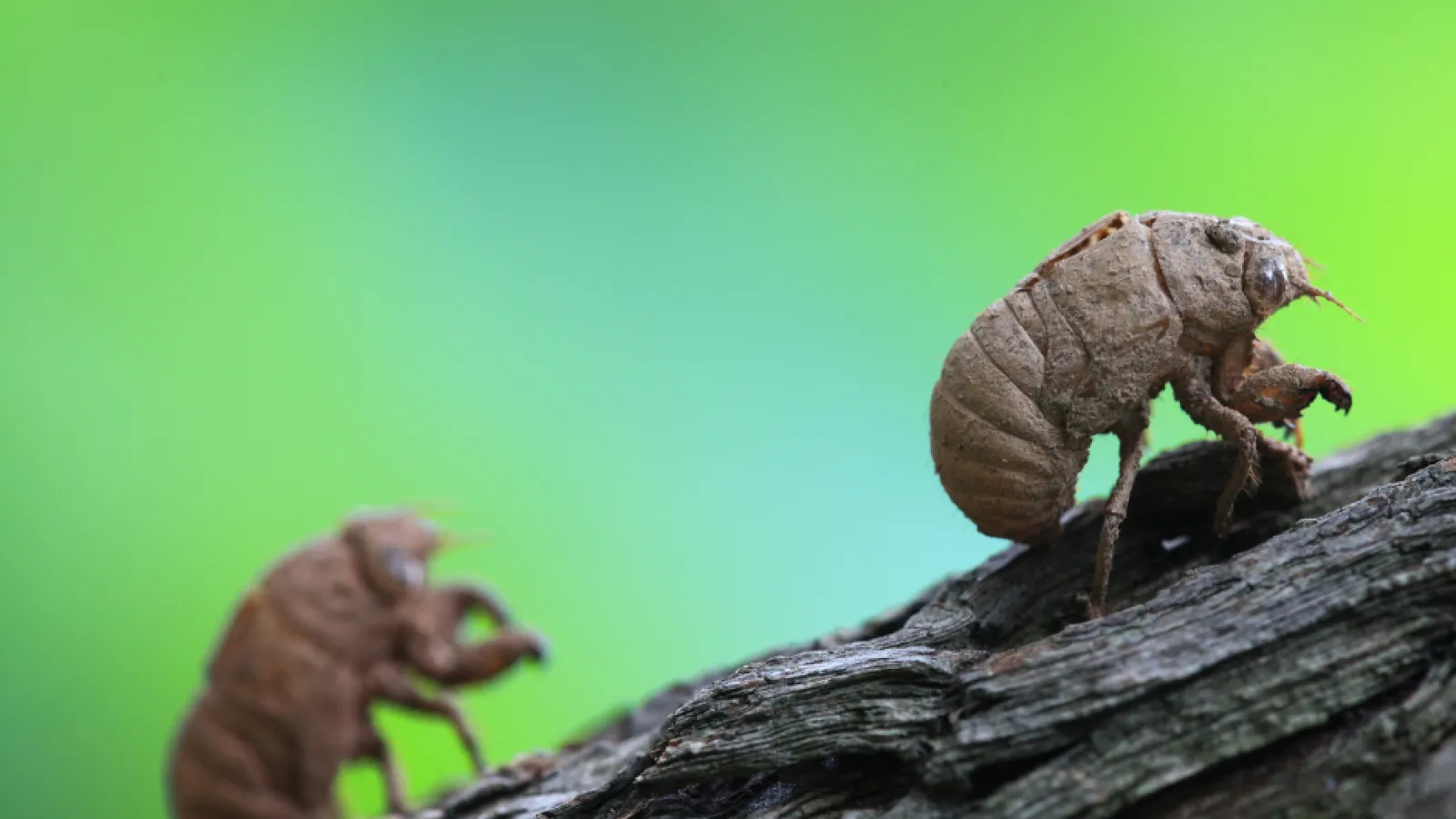
Cicadas
Cicadas are insects known for their distinctive buzzing sounds and periodic emergences, making them a recognizable part of the summer landscape. While cicadas are not typically considered pests in the traditional sense, their large numbers and loud calls can sometimes lead to concerns, particularly during mass emergencies. Understanding cicada behavior and management strategies can help alleviate any issues that may arise.
Appearance:
- Cicadas belong to the order Hemiptera and are characterized by their large eyes, transparent wings, and robust bodies.
- They come in various colors, including shades of green, brown, and black, often with intricate patterns.
- Adult cicadas can range in size from less than an inch to over two inches in length, depending on the species.
Lifecycle:
- Eggs: Female cicadas lay eggs in the branches of trees, where they hatch into nymphs.
- Nymphs: Nymphs fall to the ground and burrow into the soil, where they feed on root juices for several years.
- Adult Emergence: After a period of development, nymphs emerge from the ground as adults, shedding their exoskeletons in the process.
- Adult Stage: Adult cicadas live for a few weeks to a few months, during which time they mate, lay eggs, and die.
Behavior:
- Male cicadas produce loud buzzing or clicking sounds by vibrating specialized structures called tymbals to attract females.
- Cicadas are primarily active during the day and feed on the xylem fluids of plants using their specialized mouthparts.
- They do not bite or sting humans and are generally harmless, although their sheer numbers during emergencies can be overwhelming.
Similar pests: Cicada killers
